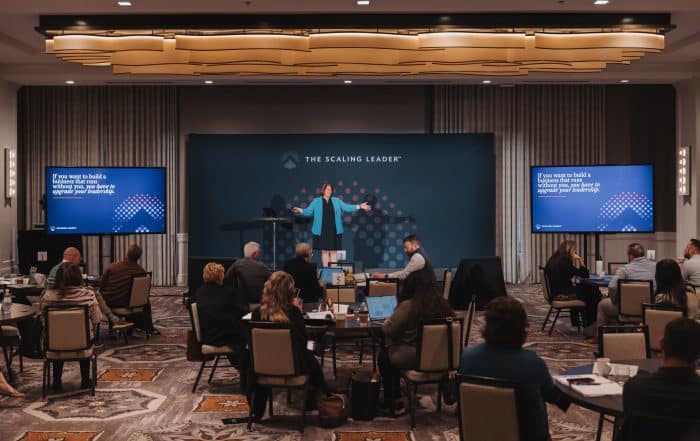It’s the time of year when we like to sit down with clients to project current year results and see how we can help them manage their tax liabilities and avoid surprises. Planning is important with the changes brought about by the Tax Cuts and Jobs Act. It’s not as simple as accelerating some expenses into the last few days of the year. The tax regulations require much more forethought to maximize the benefits available.
Below we’ve outlined a few opportunities to consider, before it’s too late.
Standard vs. Itemized Deductions
With the limitation on State and Local Taxes set to $10,000, and the overall Standard Deduction increased to $12,000 for single filers and $24,000 for married filers, many taxpayers must carefully plan their deductions to ensure they realize the tax benefits of charitable donations. It may make sense to group deductions or pursue other methods of giving which are more tax advantageous. A careful analysis of your deductions is important to maximize their benefits.
Qualified Business Income Deduction
Taxpayers are allowed a deduction equal to 20% of their Qualified Business Income (generally pass through income from partnerships, S corporations, LLCs, and sole proprietorships). However, the deduction is not a simple calculation. The income must be from a qualifying trade or business that is not from a Specified Service Trade or Business (SSTB). Furthermore, there are income limitations in place at which additional requirements must be met to claim the benefits. How much you choose to pay yourself in wages from the business can have significant impacts on the deduction. It’s imperative that you discuss this with your advisor well in advance of year-end, as simple tweaks to your tax situation could have significant impacts on this benefit.
Like Kind Exchanges
Trading in business vehicles or equipment to defer gains is also a thing of the past. Beginning in 2018, only real property can be part of a like kind exchange. All other sales are fully taxable and can create unintended tax consequences. Careful consideration should be taken to ensure you do not get whipsawed on these exchanges.
IRA Distributions
Taking your Minimum Required Distribution (RMD) from retirement accounts after age 70 is a non-negotiable but paying tax on that income can be avoided. For clients with charitable intentions, you can divert that income directly to a charity through a Qualified Charitable Distribution. Taking this benefit along with the increased standard deduction can create a windfall for many older taxpayers.
Carefully planning can avoid unintended consequences and may significantly lower your liabilities. Make an appointment to talk to your Forge Financial and Management Consulting advisor now while there is still time to make meaningful changes.
Learn What Your Business Needs Most to Unlock Faster Growth
Your business relies on four key areas, or centers of intelligence, to thrive. Take the free Business Intelligence Grader to see how you score across financial, leadership, productivity, and human intelligence and learn where to focus to drive greater results.
Your business relies on four key areas, or centers of intelligence, to thrive. Take the free Business Intelligence Grader to see how you score across financial, leadership, productivity, and human intelligence and learn where to focus to drive greater results.




